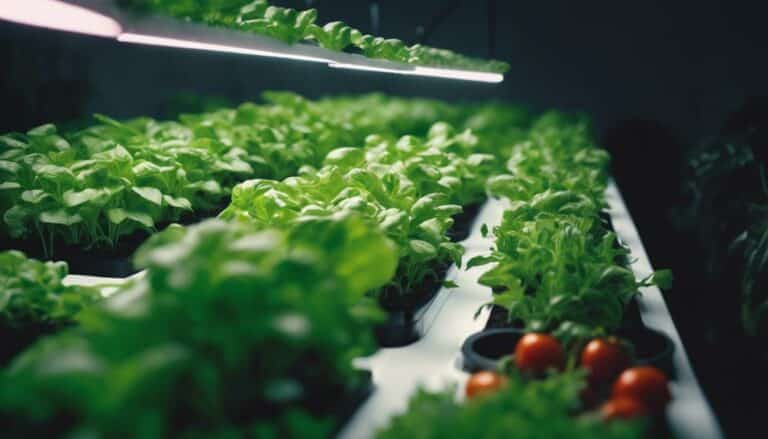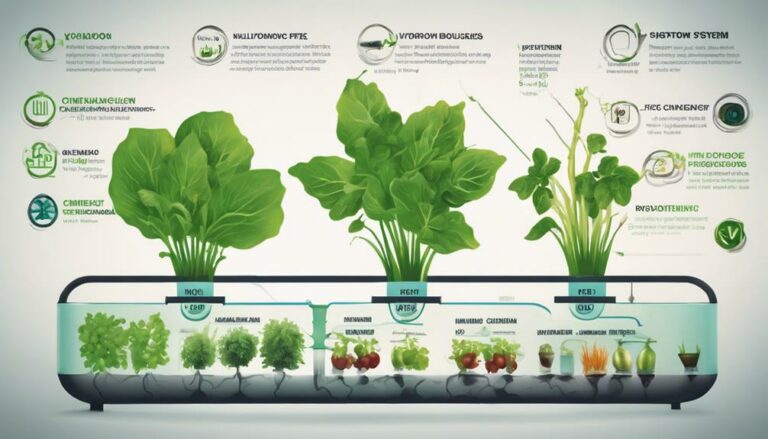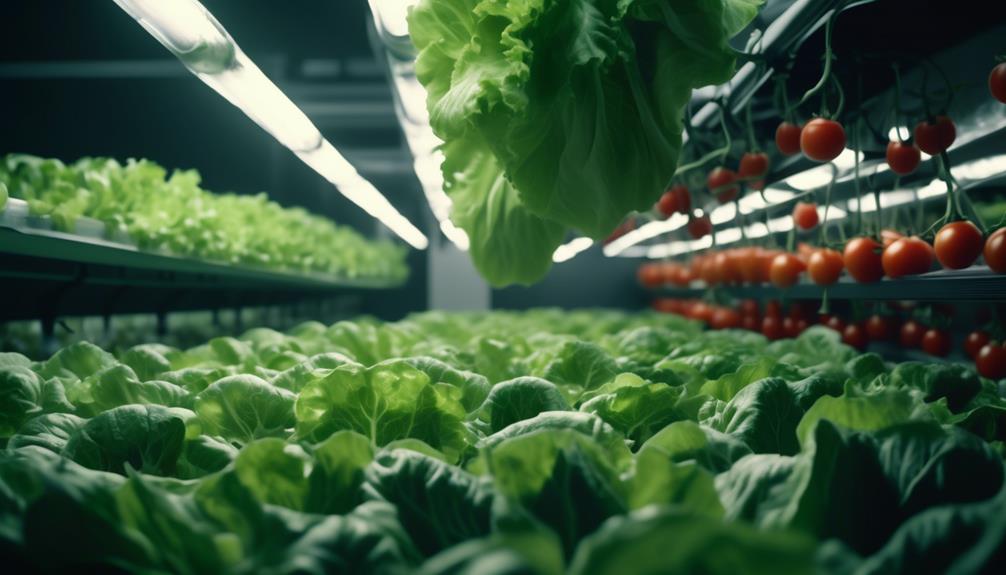Table of Contents
Hey there, fellow hydroponics enthusiasts! Today, let’s dive into the exciting world of DWC hydroponics and uncover its undeniable benefits and potential drawbacks. As someone who’s deeply passionate about hydroponics and has spent countless hours experimenting with different systems, I’m here to share my insights and help you make informed decisions. So, whether you’re a beginner looking to start your hydroponic journey or a seasoned grower seeking to expand your knowledge, this article is tailor-made for you.
Introduction to DWC Hydroponics
Picture a world where plants flourish without the need for soil, where nutrients are meticulously curated, and growth is accelerated to astonishing rates. Welcome to the realm of Deep Water Culture (DWC) hydroponics – a revolutionary method that has captured the imagination of growers and gardening enthusiasts alike. As someone deeply entrenched in the world of hydroponics, I’m excited to take you on a journey through the pros and cons of this captivating technique.
In this article, we’ll delve into the very heart of DWC hydroponics, uncovering its unique attributes and shedding light on the potential benefits and challenges it presents. Imagine a system where plant roots are suspended in nutrient-rich water, receiving a constant supply of oxygen and nourishment. It’s a concept that blurs the lines between traditional gardening and cutting-edge technology, and it has the potential to transform the way we approach cultivation.
But why the intrigue? What makes DWC hydroponics stand out in the world of alternative farming methods? To answer these questions and more, we’ll explore the myriad advantages that come hand in hand with DWC. From the impressive growth rates to the precise control over nutrient intake, we’ll dissect each benefit and unveil how it contributes to a thriving hydroponic ecosystem.
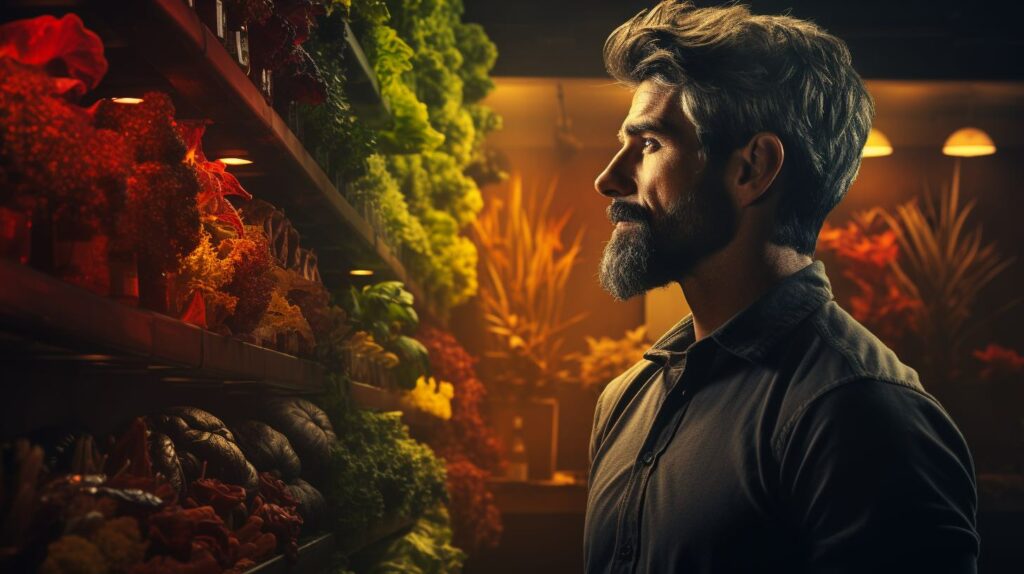
However, it’s important to approach any innovation with a discerning eye. With the advantages come the potential pitfalls, and DWC hydroponics is no exception. We’ll navigate through the challenges that growers might encounter, from the initial complexity of setup to the ever-present need for vigilant maintenance. These hurdles, though significant, are not insurmountable – they’re stepping stones that foster growth, learning, and an enhanced understanding of the hydroponic world.
As we journey deeper into the article, we’ll not only weigh the pros and cons but also provide actionable advice for success. Whether you’re a newcomer ready to dip your toes into the DWC waters or a seasoned grower seeking to refine your techniques, this article aims to be your companion, offering insights and guidance every step of the way.
So, as we set sail into the world of DWC hydroponics, brace yourself for a riveting exploration. From the lush landscapes of flourishing greens to the intricate mechanisms that drive this method, we’re about to embark on a journey that marries nature’s wonders with the marvels of modern technology. Get ready to unravel the mysteries, appreciate the nuances, and come away with a deeper appreciation for the art of hydroponic gardening.
What is DWC Hydroponics?
Before we jump into the pros and cons, let’s get on the same page about what DWC hydroponics actually is. DWC stands for Deep Water Culture, a hydroponic method where plant roots are suspended in a nutrient-rich oxygenated solution. Imagine your plants enjoying a relaxing bath of nutrients and oxygen – that’s DWC for you. Now, let me share my fascination with this system. The sheer efficiency and the scientific wonder of seeing plants thrive without soil never cease to amaze me.
Pros of DWC Hydroponics
High Growth Rate
First and foremost, DWC hydroponics is like a growth booster for your plants. With direct access to nutrients and oxygen, plants tend to grow up to 25% faster compared to traditional soil methods. This rapid growth is like music to any grower’s ears, especially those who are eager to enjoy the fruits (and veggies) of their labor sooner rather than later.
Nutrient Control
Precision is the name of the game in DWC. You have unparalleled control over the nutrients your plants receive. This control means you can fine-tune the nutrient solution according to your plant’s specific needs, ensuring they get the exact nourishment required for optimal growth. It’s like being a gourmet chef for your plants – serving up a customized menu for each one.
Oxygen Enrichment
Plants, like humans, need their daily dose of oxygen. In DWC, the roots are submerged in the nutrient solution, but they’re also exposed to a constant supply of oxygen. This oxygen-rich environment promotes healthier root systems, which in turn leads to more efficient nutrient absorption. It’s as if your plants are practicing their deep-breathing exercises every day.
Low Water Usage
Water scarcity is a global concern, and hydroponics is here to help. DWC hydroponics uses significantly less water compared to traditional soil farming. The recirculating nature of the system allows you to reuse water and nutrients, contributing to water conservation efforts. So, you’re not just growing plants; you’re also being kind to the planet.
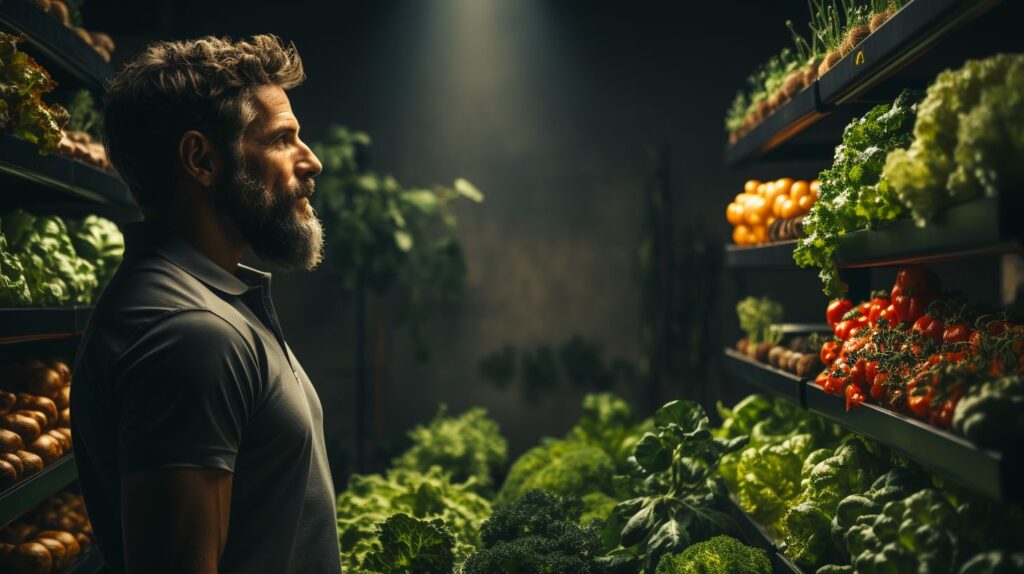
Cons of DWC Hydroponics
Complex Setup
Let’s address the elephant in the room – setting up a DWC system isn’t as straightforward as sticking a seed in the ground. It involves arranging air pumps, air stones, water reservoirs, and ensuring proper oxygenation. For newcomers, this can be a bit overwhelming. But fear not, with a bit of patience and practice, you’ll conquer the learning curve.
Maintenance Demands
DWC systems require more hands-on maintenance compared to some other hydroponic methods. Regularly checking and adjusting nutrient levels, monitoring pH, and ensuring the oxygen supply is uninterrupted can feel like a chore at times. However, think of it as quality time with your plants – you’re getting to know them better and ensuring they’re in top-notch condition.
Risk of Root Rot
Moist environments can sometimes lead to unwanted guests like root rot. Since the roots are submerged, there’s a higher risk of root-related issues. But fret not! By maintaining proper oxygenation, using sterile growing mediums, and following best practices, you can significantly reduce the chances of your plants experiencing this soggy setback.
Nutrient Fluctuations
Keeping nutrients at the right levels requires diligence. Nutrient imbalances can lead to over-fertilization or undernourishment, both of which can hinder plant growth. Monitoring and adjusting the nutrient solution might take some trial and error, but once you get the hang of it, you’ll be a nutrient maestro.
Personal Tips for Successful DWC Hydroponics
Now that we’ve weighed the pros and cons, let me offer some advice to help you navigate the DWC hydroponic journey like a pro.
Choosing the Right Plants
Start with plants that are well-suited for DWC. Leafy greens, herbs, and some varieties of tomatoes and peppers are great choices. These plants tend to adapt well to the nutrient-rich environment and can make your initial experiences smoother.
Monitoring and Adjusting pH
pH levels play a vital role in nutrient absorption. Invest in a reliable pH meter and regularly check and adjust the pH of your nutrient solution. Aim for a pH range of 5.5 to 6.5 for most crops. Think of it as maintaining a comfortable room temperature for your plants.
Managing Temperature
Just like you wouldn’t want to be too hot or too cold, your plants prefer a comfortable temperature range. Keep the water temperature between 65°F to 75°F (18°C to 24°C). This cozy range encourages healthy root growth and nutrient uptake.
Hygiene and Cleanliness
A clean environment leads to happy plants. Regularly clean your reservoir, change the water, and sterilize equipment to prevent the growth of harmful pathogens. Think of it as giving your plants a spa day – they deserve the best treatment.

Balancing Pros and Cons for Beginners
As a beginner, it’s natural to feel both excited and apprehensive about starting your DWC hydroponic adventure. Let me offer some words of wisdom to find your footing.
Start Small
Don’t feel the need to dive headfirst into a massive DWC setup. Begin with a small, manageable system. This way, you can learn the ropes without feeling overwhelmed.
Learning Curve
Remember, every seasoned grower was once a beginner. There might be moments of frustration or confusion, but these are all part of the learning process. Embrace the journey, and you’ll emerge with a wealth of knowledge.
Seeking Advice
No one said you have to go it alone. Connect with fellow hydroponics enthusiasts, join online forums, and seek advice from experienced growers. There’s a whole community out there ready to support you.
Patience and Perseverance
Rome wasn’t built in a day, and neither is a thriving hydroponic garden. Patience is key. Your plants might not reach their full potential overnight, but with dedication and perseverance, you’ll witness remarkable growth.
Can a Harvest Right Freeze Dryer Preserve DWC Hydroponically Grown Produce?
Yes, a Harvest Right Freeze Dryer can effectively preserve hydroponic harvest. By utilizing advanced freeze-drying technology, this appliance ensures that hydroponically grown produce retains its nutritional value, taste, and appearance. With this convenient solution, you can easily store and enjoy your homegrown goodies for an extended period, while maintaining their quality and freshness.
Innovations in DWC Hydroponics
The world of hydroponics is ever-evolving, and DWC is no exception. Let’s explore some exciting innovations that are shaping the future of DWC systems.
Automated Systems
Technology has given rise to automated DWC setups. These systems can monitor and adjust pH, nutrient levels, and even lighting conditions. It’s like having a personal assistant for your plants, ensuring they get what they need when they need it.
Improved Nutrient Solutions
Scientists and growers alike are continuously improving nutrient formulations. Enhanced nutrient solutions are designed to provide plants with a balanced diet, boosting growth and overall health. It’s like giving your plants a gourmet meal every day.
Smart Monitoring
Smart sensors and monitoring devices are becoming commonplace in hydroponics. These gadgets can provide real-time data on factors like temperature, humidity, and nutrient levels. It’s like your plants having their own fitness tracker – keeping you informed about their well-being.
Conclusion
In the realm of hydroponics, where innovation and nature intertwine, DWC hydroponics stands as a fascinating avenue for growers to explore. As we reflect on the pros and cons of this method, it’s evident that DWC offers a dynamic blend of accelerated growth, meticulous nutrient control, and an oxygen-rich environment that nurtures roots to flourish.
Embracing the fast-paced growth rates that DWC offers allows us to witness the remarkable transformation of seeds into thriving plants in record time. The precision of nutrient control, akin to a scientist crafting a formula, empowers us to cater to the unique needs of each plant species, unlocking their full potential. The provision of ample oxygen mirrors the invigorating breath of life, culminating in robust root systems that are the foundation of flourishing vegetation. Additionally, the conscientious water usage inherent to DWC underscores its eco-friendly essence, contributing to sustainable practices and water conservation efforts.
Yet, as with any innovation, DWC arrives with its share of challenges. The intricate setup demands careful consideration, and the need for vigilant maintenance might at times test our dedication. The looming specter of root rot serves as a reminder of the delicate balance required for optimal growth, while the art of nutrient management can pose a learning curve. However, these obstacles aren’t insurmountable mountains; they are stepping stones that cultivate resilience and deepen our understanding of the intricacies of hydroponic ecosystems.
As we contemplate the intricate dance between the pros and cons, it’s essential to acknowledge that every journey begins with a step. For beginners, starting small and embracing the learning process can alleviate the initial overwhelm. Seeking advice from experienced growers and nurturing patience ensures a steady path toward mastering the art of DWC hydroponics.
In the backdrop of these considerations, one mustn’t forget the landscape of innovation that constantly shapes the hydroponic horizon. The rise of automated systems, evolved nutrient solutions, and intelligent monitoring showcases the ever-evolving synergy between technology and nature. This progress hints at a future where DWC hydroponics could be not just a method, but a lifestyle – a harmonious blend of human ingenuity and the inherent wisdom of nature.
In conclusion, the journey through the pros and cons of DWC hydroponics unveils a tapestry woven with growth, balance, and potential. With each advantage comes a corresponding challenge, offering us the chance to explore, learn, and evolve. Whether you’re a curious novice or a seasoned grower, DWC hydroponics invites you to embark on a captivating voyage of cultivation and discovery – a journey where the roots of knowledge run deep and the fruits of labor are bountiful. So, as you dip your toes into the reservoir of possibilities that DWC presents, remember that every leaf, every bud, and every fruit is a testament to your dedication and the marvels of hydroponic innovation.
FAQs
Is DWC suitable for all types of plants?
Absolutely not! While many plants thrive in DWC, some might not take to it kindly. Stick to leafy greens, herbs, and certain fruits for the best results.
How often should I change the nutrient solution?
Aim for a nutrient solution change every 1 to 2 weeks. Fresh nutrients ensure your plants get the best nutrition.
What is the ideal pH range for DWC hydroponics?
For most plants, a pH range of 5.5 to 6.5 works wonders. Keep a close eye on pH and adjust as needed.
Can I build a DIY DWC system?
Absolutely! There are numerous resources and guides available for building your own DWC system. Just remember to start small and learn as you go.
How do I prevent root rot in my DWC setup?
Maintaining proper oxygenation and using sterile mediums are key. Regularly inspect your roots, and if you spot any signs of rot, take swift action.
So, there you have it – a deep dive into the world of DWC hydroponics. As you embark on this thrilling journey, remember that each plant you nurture is a testament to your dedication and love for all things green (or red, or yellow). Happy growing!









